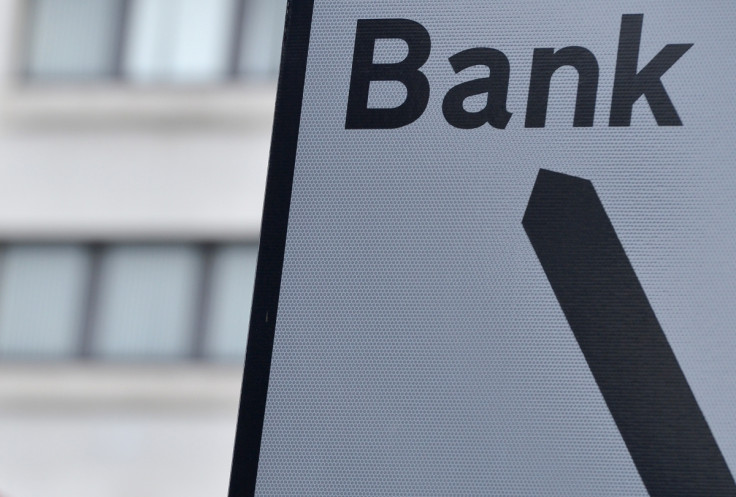S&P: UK Banks Face Best Profits Since Financial Crisis in 2014

In 2014 UK banks will see their best profits since the beginnings of the financial crisis as the domestic and global economies start to heal, according to the Standard & Poor's credit rating agency.
But they are only halfway through their post-crisis transformation to restructure their risk-riddled and highly leveraged balance sheets that intensified the meltdown of the global financial system.
And S&P said higher earnings do not necessarily mean it will lift its credit ratings for British financial institutions during 2014.
"This stems from our expectation that exceptional charges may remain high, that banks may be tempted to increase their risk appetites once again, and that structural changes in the industry could affect the competitive environment and increase industry instability," said S&P in its report on UK bank prospects for the year ahead.
"We also see little scope in 2014 for improvements in banks' stand-alone assessments, because our ratings already incorporate their strengthened capitalisation, better funding and liquidity profiles, and improving earnings."
Since the crisis UK banks have washed toxic assets, such as mortgage-backed securities, off of their balance sheets by winding them down or writing off portions of their value and selling them on at a loss.
To buy these assets in the boom years banks would borrow money, leaving them heavily leveraged with debt.
When the collapsing US housing market sparked a worldwide financial crisis, these highly leveraged banks could not maintain sufficient liquidity. They sought emergency funding from the Bank of England and two institutions, RBS and Lloyds Banking Group, had to be bailed out by taxpayers.
Now the Bank of England, which has taken over a large amount of regulatory responsibility for the financial sector, is demanding UK banks hold more capital against their debts in order to buffer them against any future crisis. This is also to protect taxpayers from having to once again prop up failing banks.
Under the government's Banking Reform Act 2013, retail banks will be ring-fenced from investment banks to protect consumers' deposits from the risky 'casino' side of finance. And investors will be called upon first to recapitalise institutions running into trouble.
S&P said it would take a dim view of any signs the government would not provide similar support for "systemically important UK banks" as it did during the financial crisis in the event of another such event.
"We continue to monitor developments, but for now we remain unconvinced that the government would risk the potential economic consequences of allowing a major financial institution to default," said the ratings agency.
S&P also said the UK banking industry had made strong progress in their restructuring work. This phase of banks' transformation after the crisis will be marked by "the opening wave of public listings (IPOs) of some banks' restructured operations, which are set to become the challenger banks of future years."
"We expect that, for the second phase of their post-crisis transformation, UK banks will become increasingly focused on growth in 2014, aided by an improved economic climate," added S&P.
"We anticipate that they will focus more on defending their franchises in a more competitive environment, rebuilding profitability and therefore dividend-paying capacity."
Banks are still facing a wave of costs stemming from litigation, compensation and regulatory fines relating to past bad behaviour.
Their earnings have been hit by billions of costs because of their involvement in numerous scandals, such as interest rate-fixing and the mis-selling financial products.
A report by accountancy giant KPMG said that five major UK banks – Standard Chartered, RBS, Barclays, HSBC and Lloyds – had turned a profit in 2013.
It followed rising profits in 2012, all of which were wiped out by regulatory fines.
© Copyright IBTimes 2025. All rights reserved.






















